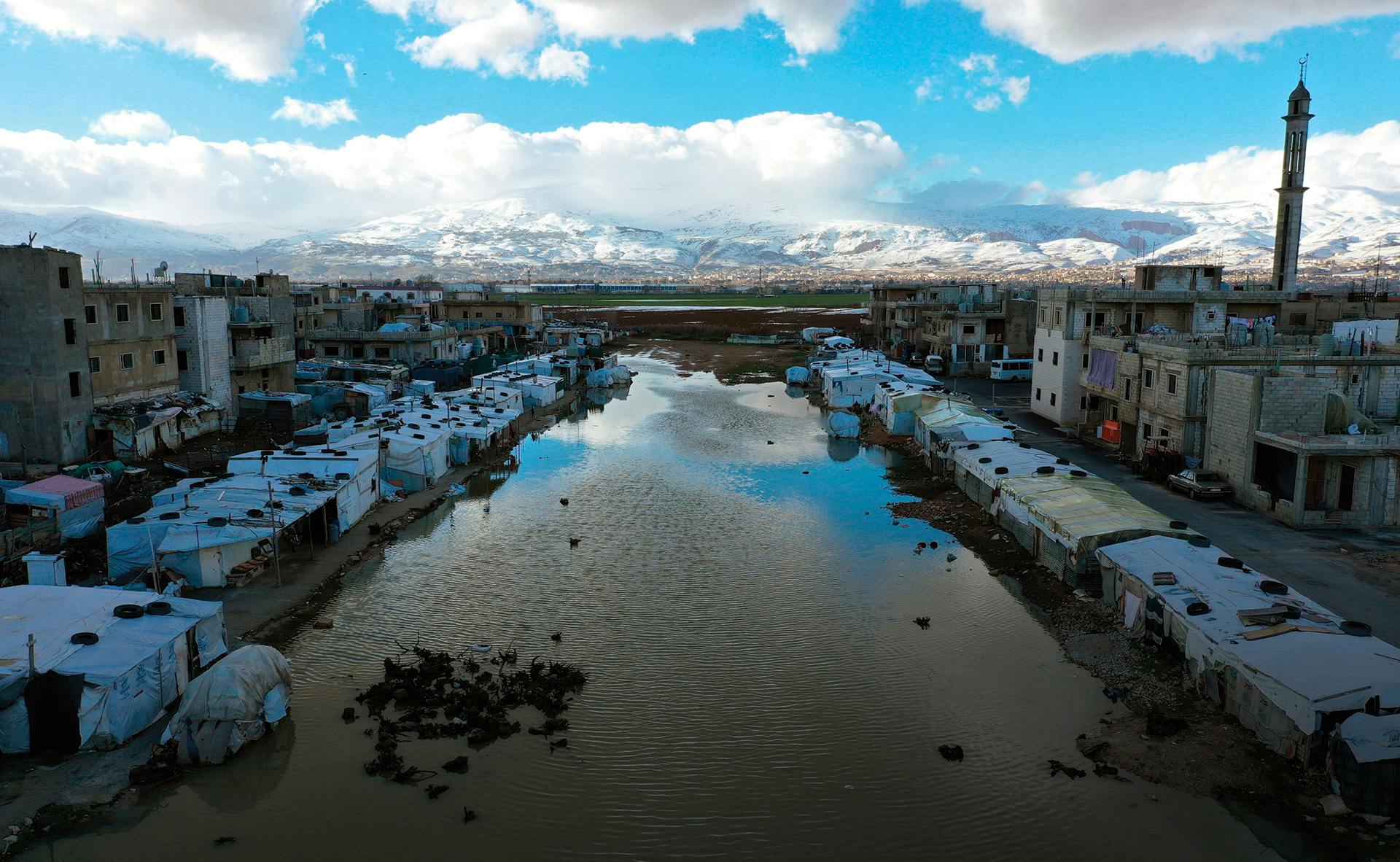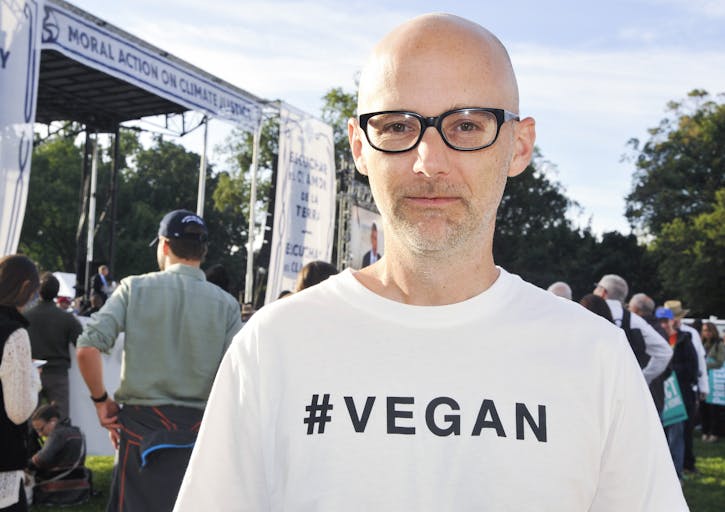Climate change is not only about extreme weather, melting ice shelves, and rising sea levels. It's also going to impact humanity in numerous other ways. Many parts of the world will see forced migration, as climate change makes some areas unlivable, especially on the coasts and in the tropics. The result will be a global humanitarian crisis, as refugees seek new places to live in already crowded regions, with the climate change's repercussions directly affecting agriculture, environment, finance, health, and security.
Data from EU Copernicus Marine Service, CLS, Cnes, and Legos reveals the differing sea level rise around the world. The climate change effects vary widely by region, which means there is no universal defense or solution. Poorer tropical countries, specifically in Latin America, sub-Saharan Africa, and South Asia, will be impacted more severely than many of the richer, more industrialized countries, which are actually responsible for a larger portion of the greenhouse gases driving climate change.
Island nations and coastal regions of the southwest Pacific region, from the Philippines down to French Polynesia, are particularly vulnerable to sea level rise. Some islands may disappear entirely, meaning their agricultural output will be eliminated. Their populations will migrate, and they will then need to be sustained by the reduced agricultural output of the region. And some of these migrants may not be able to purchase food at all due to scarcity driving prices higher.
In Central America, changing rain patterns have forced farmers to migrate from areas of El Salvador, Guatemala, and Honduras into Nicaragua. Some scientists believe that Central America is "ground zero" for climate change impact in the Western Hemisphere. Sea level rise will greatly impact the region, which after all is a narrow strip of land between two oceans, as will devastating storms and changing precipitation levels.
Many populations likely to produce large numbers of refugees from the effects of climate change may not qualify for refugee status under current political definitions, and they may not qualify for refugee assistance in the future. According to NPR, such climate refugees "currently lack any formal definition, recognition, or protection under international law even as the scope of their predicament becomes more clear." In terms of numbers, the United Nations High Commissioner for Refugees believes that up to 6 million refugees could be created by climate change per year, reaching a total of 250 million by the middle of this century. That does not even take into account "trapped populations"—those unable to emigrate due to poverty or health, which could total an additional 140 million by 2050, according to the World Bank.
In terms of agricultural impacts, not only will migration from coastal regions reduce the amount of arable land, but the continued growth of the population means it will be more difficult to feed them. Sea level rise will mean aquifers of fresh water may become salinated—meaning their higher saltwater content will require additional processing (and expense) to make them usable for irrigation of crops. Excessive salt levels could make those costs prohibitive, or even make the formerly fresh water totally unsuitable for agriculture.
Countries whose economy is largely dependent on the exportation of food products may experience an economic depression or collapse as a result of climate change. Currently, the United States is the largest exporter of food in the world, including chicken, corn (maize), milk, potatoes, soybeans, and wheat. According to the USDA, agriculture, food, and related industries account for around 5.5 percent of the national GDP, or roughly $1 trillion. Farms alone account for $136.7 billion. Either directly or indirectly, agriculture accounts for 21.6 million full- and part-time jobs beyond actual farming—roughly 11 percent of all U.S. employment. However, higher costs and less usable land may lead to a large reduction in production.
To take one example, data from the USGCRP and EPA on average corn yields per acre shows how volatile crop production is when the weather hits extremes—droughts have decreased a year's production by up to 29 percent. This becomes an extremely complex issue in regards to crop optimal temperatures and rainfall requirements to produce optimal yield numbers. With fluctuating carbon dioxide levels, warmer temperatures, changing rainfall patterns, and freshwater salination, optimal yields and ideal crops will become even more a moving target into the future. While some crops may benefit from some climate change effects in some areas, more are likely to be adversely affected.
Climate change causes other problems that are less visible but potentially just as negative. The oceans are becoming more acidic as the average ocean temperatures rise. As carbon dioxide is absorbed by the slightly alkaline seawater (~pH 8), this increases the level of carbonic acid in the water and brings the pH closer to pH-neutral (pH 7). A major effect of this is the loss of coral reefs due to their inability to create skeletons. That results in less carbon being stored on the ocean floor due to lower populations of coral and oceanic shelled animals (oysters, mussels, starfish, and urchins).
This is compounded by collapsing zooplankton populations, which also create shells. Many ocean animals have diets centered on zooplankton, which means a cascading collapse of the food web. Ultimately, more acidic oceans could result in the extinction of numerous species and plunging population numbers in others, in turn affecting the food supply for the human population. By the end of the century, the National Oceanic and Atmospheric Agency (NOAA) estimates that there could be a 150 percent increase in surface ocean water acidity. That would make the ocean the most acidic it has been for 20 million years.
On land, humanity has cleared large swaths of forest and changed how millions of acres of land are used, which has affected how the flora and fauna of many regions live. Entire ecosystems have been completely eradicated in some portions of the world, and some of those remaining have been drastically altered. Changing precipitation patterns, lack of biodiversity, and invasive plant and animal species are all exacerbated by continued climate change. The Intergovernmental Panel on Climate Change (IPCC), a body of the United Nations, reported that we should expect higher occurrences of extreme weather events like "heatwaves, extreme rainfall, flash floods, hurricanes, coastal floods, landslides, droughts, and bushfires."
Presently, more than half of the world's population lives in urban areas, and this is a trend that will continue. While urban residents may actually use fewer resources individually, ongoing construction of housing and infrastructure for these populations and related exurban sprawl will increasingly impact surrounding ecosystems. Urban areas will continue to expand and consume more and more rural and natural areas. On a larger economic scale, compression of livable land may result in catastrophic financial hardship, either in terms of lost property and assets or in the exponential growth of government spending to mitigate the rising water's impact on the coastal areas. From a purely financial aspect, the loss of popular beach areas, island resorts, and other tourist centers will mean lower revenue. Governments will need to decide if they will attempt to wall off areas of cultural or historical significance, and how much they are willing to spend to do that.
Other economic ripple effects will likely increase the cost of living. Certain foods may become less attainable due to higher costs of production leading to higher prices. Some foods may even become economically unsustainable because higher production costs will eliminate profit margins. For example, Coca-Cola is already showing concerns over future water shortages, which will be a long-term risk to its overall operations.
While acknowledging the negative effects of climate change on their operations, some companies also see economic opportunity. Big pharma is a good case study of this mindset. Merck & Co. seems to be betting it will be good for them, stating recently, "As the climate changes, there will be expanded markets for products for tropical and weather-related diseases including waterborne illness." AbbVie follows the same line of thought: "Climate change may create a greater need for existing or even new products . . . higher temperatures and drought conditions are becoming extreme. . . . Our immunology product line could see an increase in sales as a result." Eli Lilly believes "these risks may drive increased demand for . . . our diabetes products." Finally, Pfizer thinks that "there could be an increased demand for products related to diseases impacted by climate change." What's good for their bottom line may not be good for humanity, but it illustrates how seriously these companies are taking climate change's likely impact on the market.
Beyond medication sales, scientists have been looking at how dangerous climate change may be to human health for some time. The Centers for Disease Control (CDC) sees climate change having a negative impact on human health, and outlined a number of potential health hazards in its 2014 National Climate Assessment from the U.S. Global Change Research Program.
Extreme weather effects will cause injury and loss of life and thermal-related illness or death. Warmer temperatures encourage microbial proliferation, increasing the likelihood of disease, food poisoning, and water safety issues. Seasonal pathogens, such as malaria, dengue, and tick-borne illness, could also see increased virulence due to higher temperatures and changing weather patterns. Decreased food production caused by climate change could result in malnutrition, starvation, and other health issues, as diets change or are stressed by lower food availability.
Loss of employment, homes, and sense of security may result in mental health issues, which may not be diagnosed and treated in a timely fashion. The IPCC also found that this may affect some demographics more than others, creating "social inequality, with less favored people and communities, women, girls, the elderly and handicapped people more exposed, especially in developing countries." All of these stressors and pressures may culminate in the exacerbation of tensions between countries and regions.
Some cold-weather countries could actually stand to gain in agricultural output from a higher global temperature while others lose, creating yet another vector of economic imbalance. In fact, a recent U.N. report predicts crop yields to increase in "Canada (27 percent), some European countries (16 percent), Mexico (8 percent), the Russian Federation and the Caucasus (4 percent)."
Government implementation of renewable energy usage standards will certainly benefit some countries more than others when one looks at where the patents for those technologies reside. This will result in only those countries that can afford to shift to renewable energy sources being able to do so effectively. The number of patents creates a very directional flow of money from those who need them to the countries that have them. Not surprisingly, the countries where the majority of renewable energy technology patents reside also have been the source of more of the problematic carbon emissions over the decades. This may result in some countries being unable to finance the move to renewable energy and reduce or eliminate their carbon emissions without financial assistance.
The convergence of displacement, massive migrations, scarcity of resources, extreme weather events, freshwater salination, and social and financial inequality could result in wide-scale conflict for resources, space, and security. A report by Anouch Missirian and Wolfram Schlenker published in Science in late 2017 estimates that asylum applications to the European Union will rise 28 percent, around 98,000 additional requests per year, due to changing weather patterns caused by climate change.
The massive scale and scope of climate change mean there is no single solution. Every region of the world will have its own unique problems to face as threats are magnified and multiplied. Evert region will have to come up with what works best for its specific needs.
In the U.S., coal has been replaced by natural gas as the number-one source of power generation. Private solar-panel installations in have been adding 2 gigawatts of power or more to the grid each year since 2013. China has begun to move away from being a manufacturing powerhouse into a services supplier, which has slowed their carbon emissions. Additionally, China has put policies in place that require buildings to be more energy efficient, has ramped up investments in wind and solar (topping $100 million in 2016), and is shifting to more nuclear power, with 60 new power plants coming online by 2025.
The European Union has agreed on a group of policies to lower its countries' greenhouse gas emissions, with a goal of reaching 20 percent below its 1990 levels. In 2011 the EU put out a Low Carbon Roadmap and Energy Roadmap, with goals that continue out to 2050. These documents outline how power generation, industry, transport, buildings, construction, and agriculture can move toward a low-carbon economy.
Australia signed onto the Kyoto Protocols in 2007 and reached its goal by 2011, mostly through the reduction of deforestation and clearing of land in general. India has levied a carbon tax aimed at subsidizing renewable energy projects. The UN Food and Agriculture Organization has proposed that African farmers could be taught how to utilize the carbon cycle as an ally and use the land in a way that they are able to fix more carbon into the soil. The Food and Agricultural Organization of the UN believes that this could also create a way to fight food insecurity in the region.
After several years of making headway, 2018 saw rapid growth in greenhouse gas emission, with some experts calling it a speeding freight train. In 2017, greenhouse gas emissions grew 1.6 percent, and in 2018 were expected to reach 2.7 percent. In America, a Green New Deal resolution was put forward by Representative Alexandria Ocasio-Cortez and Senator Ed Markey, which is in stark contrast to the current administration's embrace of coal. Greenhouse gas emission is only part of the climate change problem, but if the trend continues to climb as it did last year, the global temperature rise will continue to cause other related threats to multiply and increase in intensity.






![true [X]](https://images.prismic.io/overtureglobalio/d20d19f0ac141059ec92c667f6cddf6ca09e2c1a_truex-logo2x.png?auto=compress,format)





